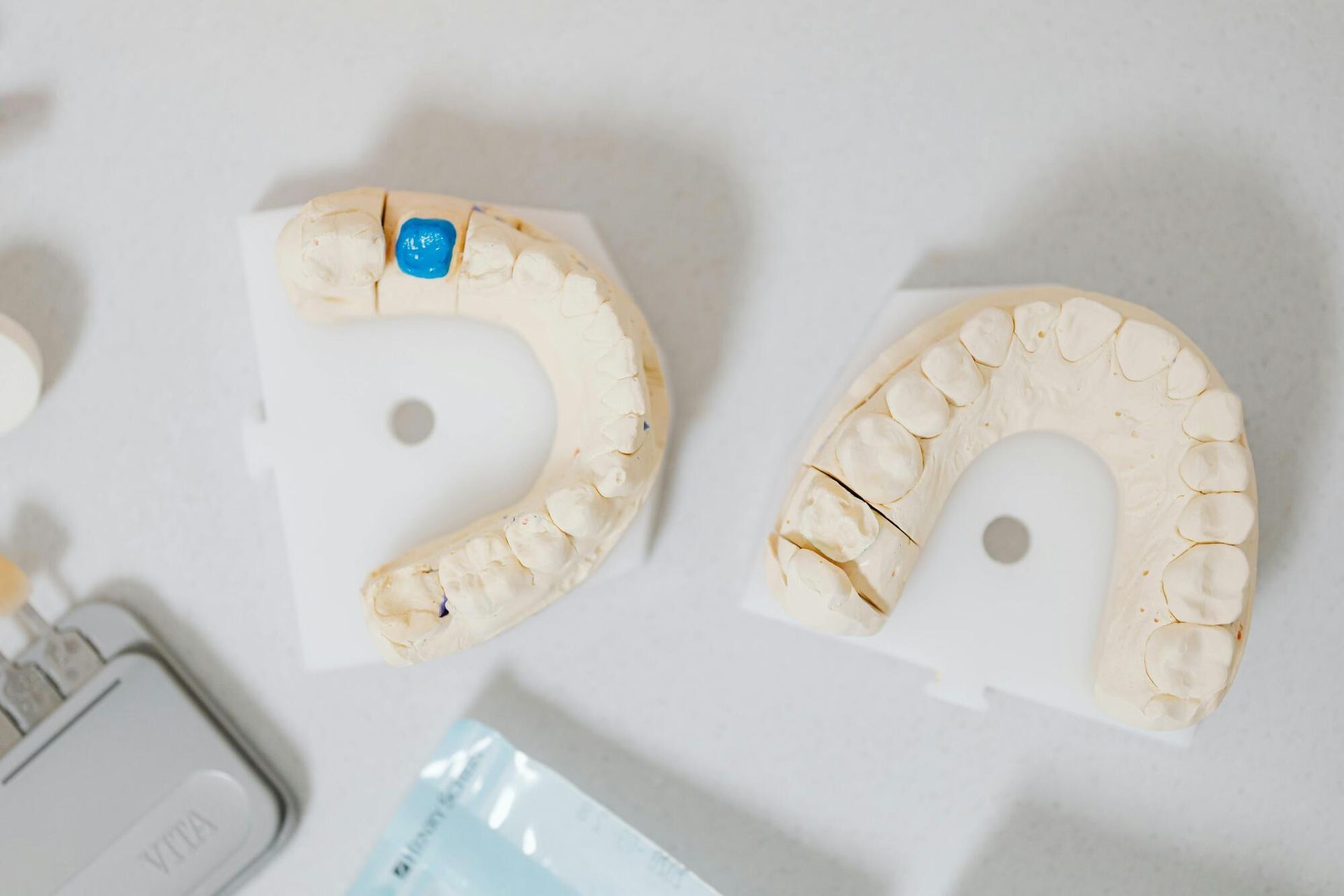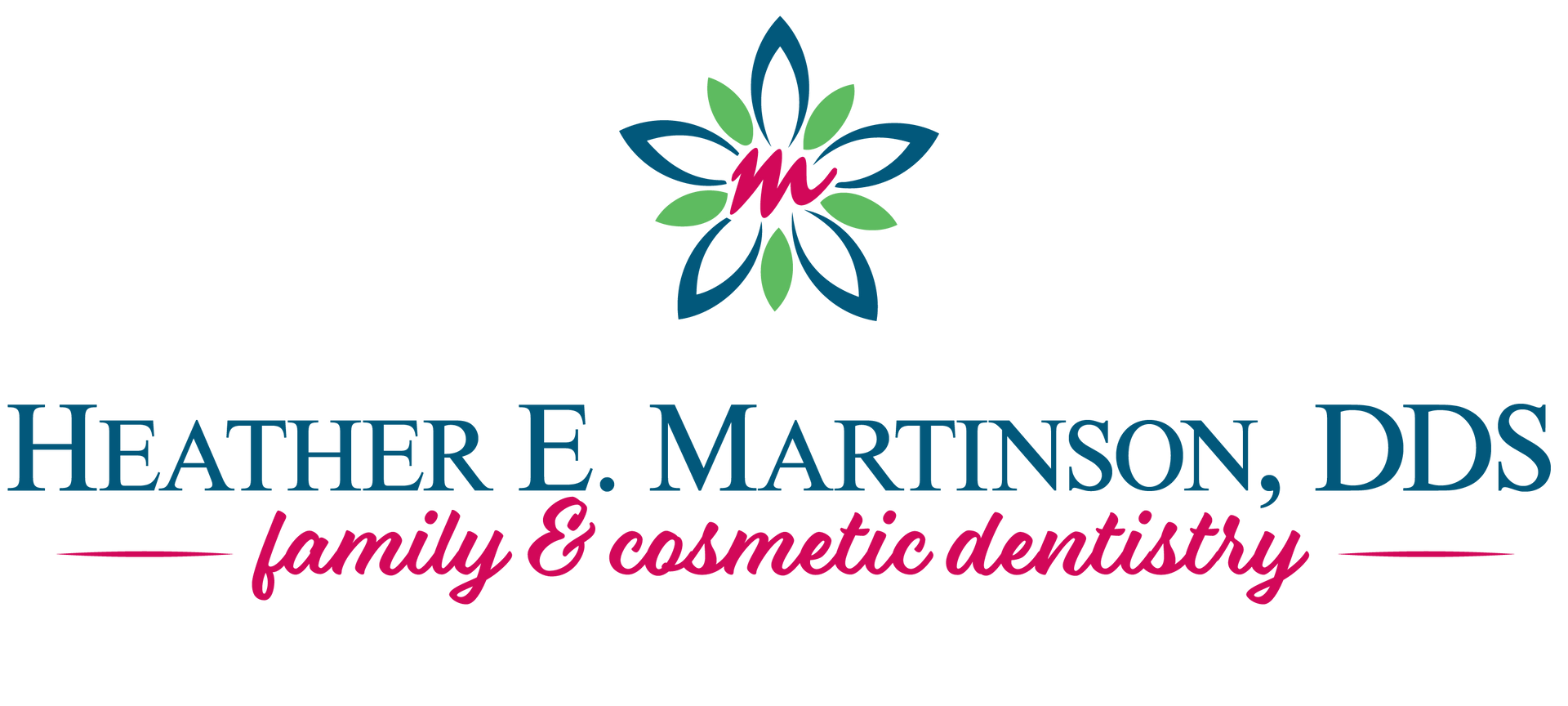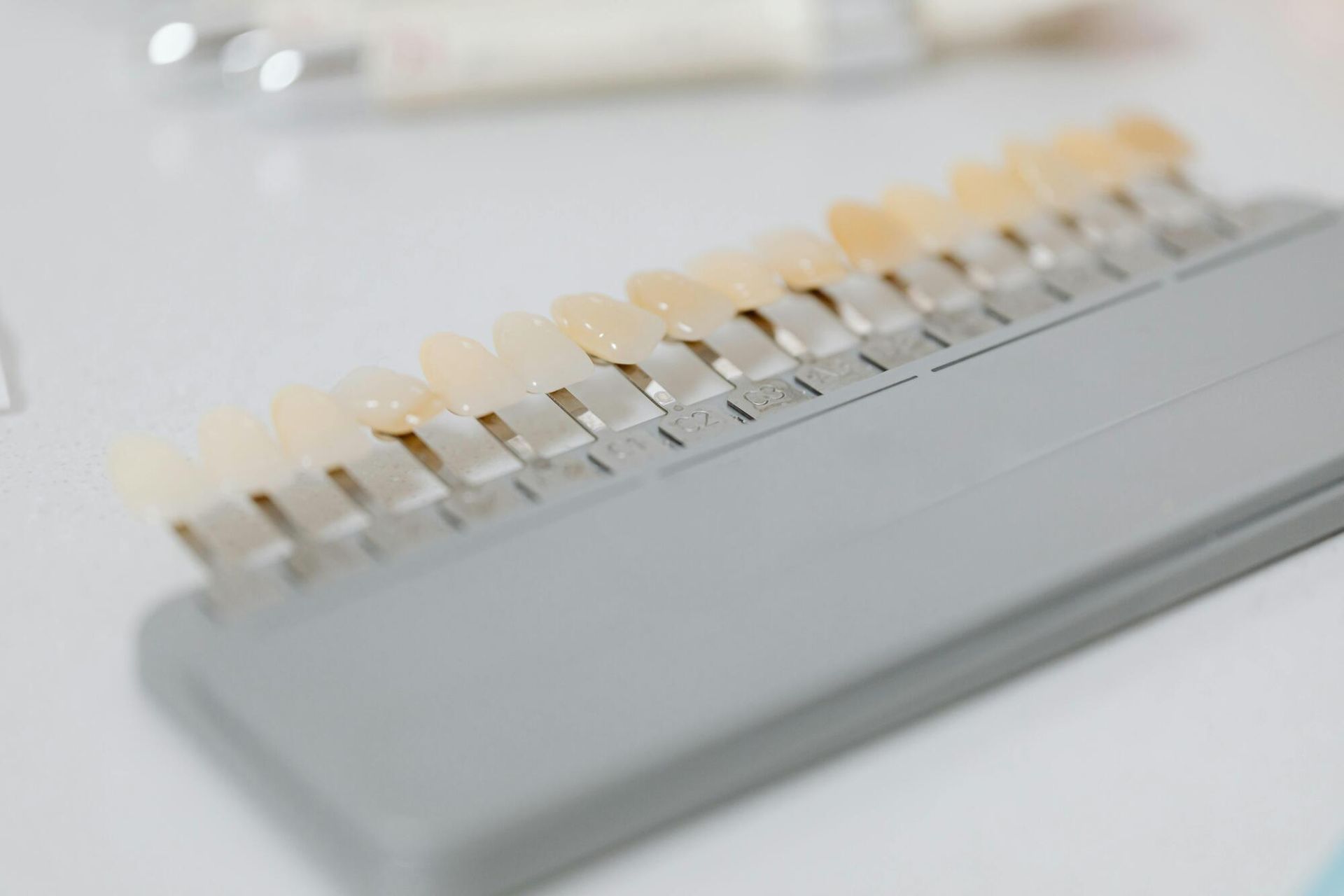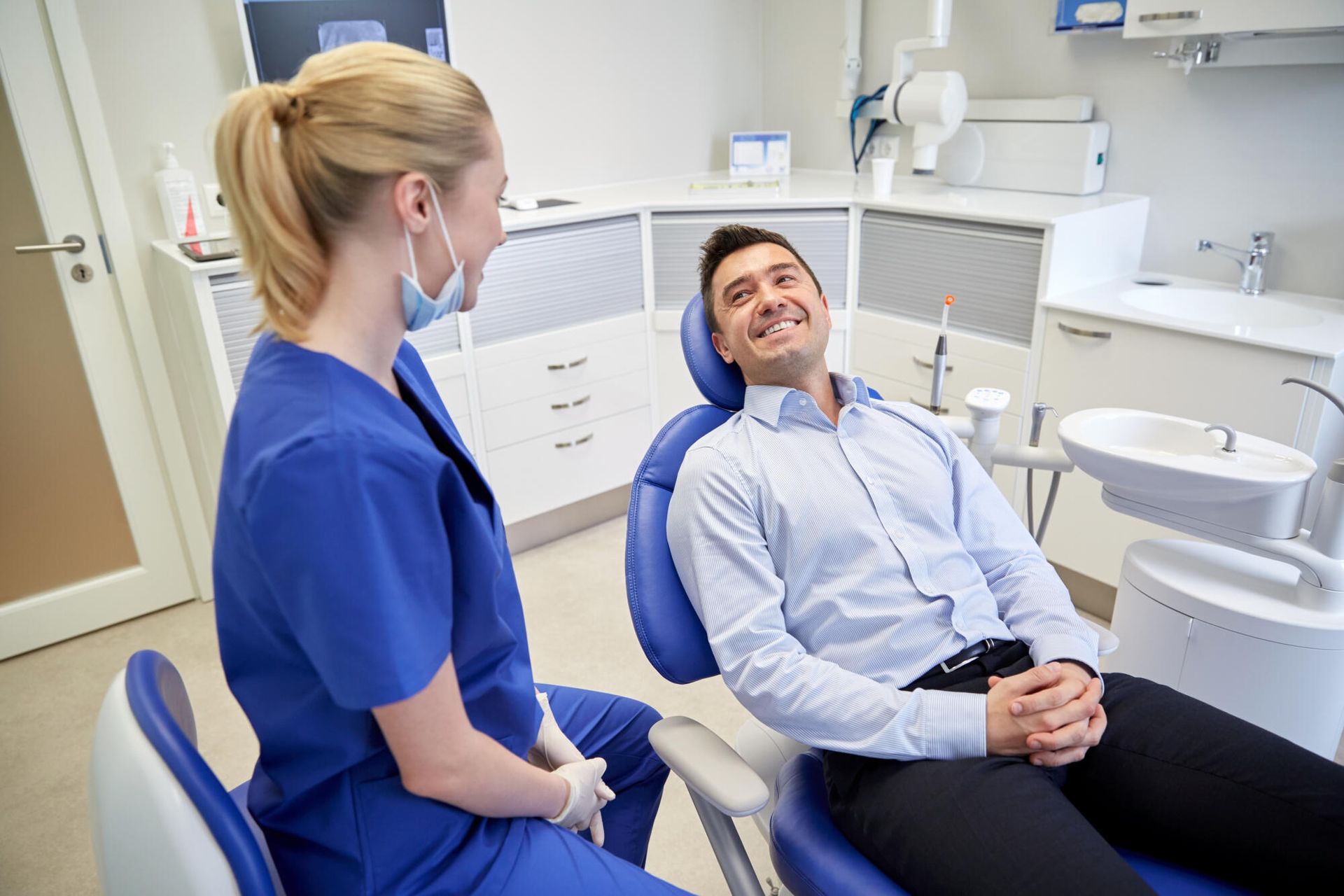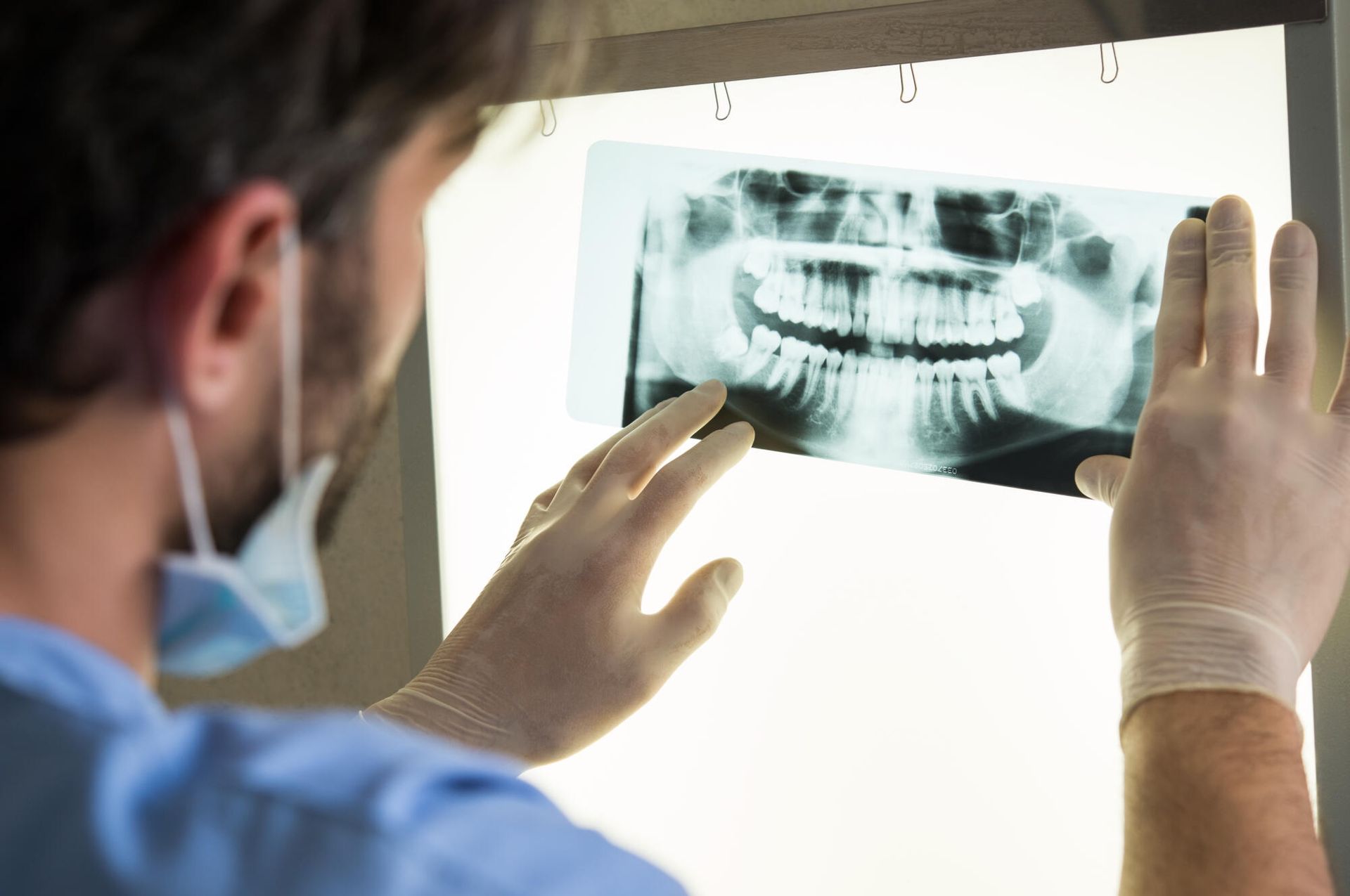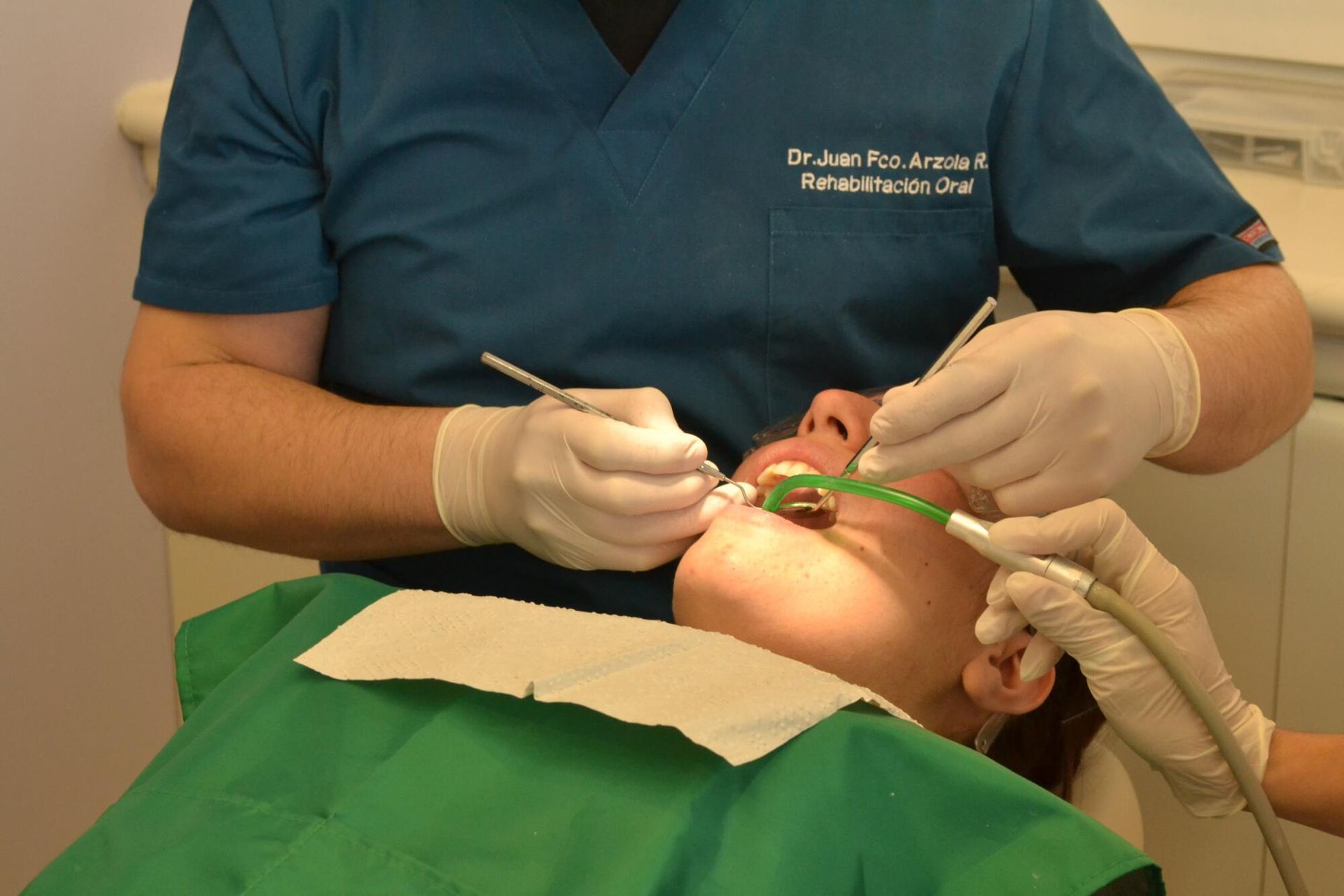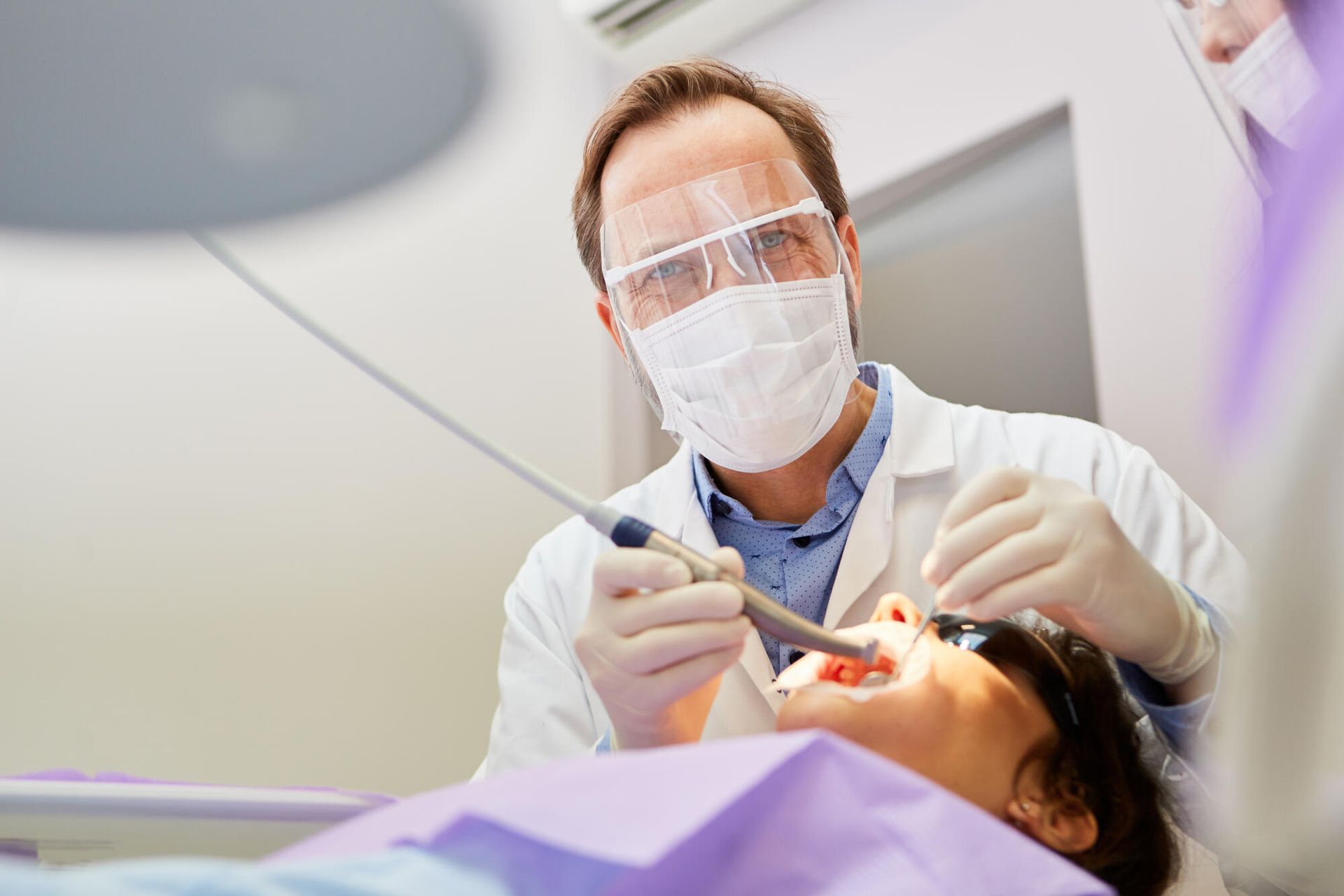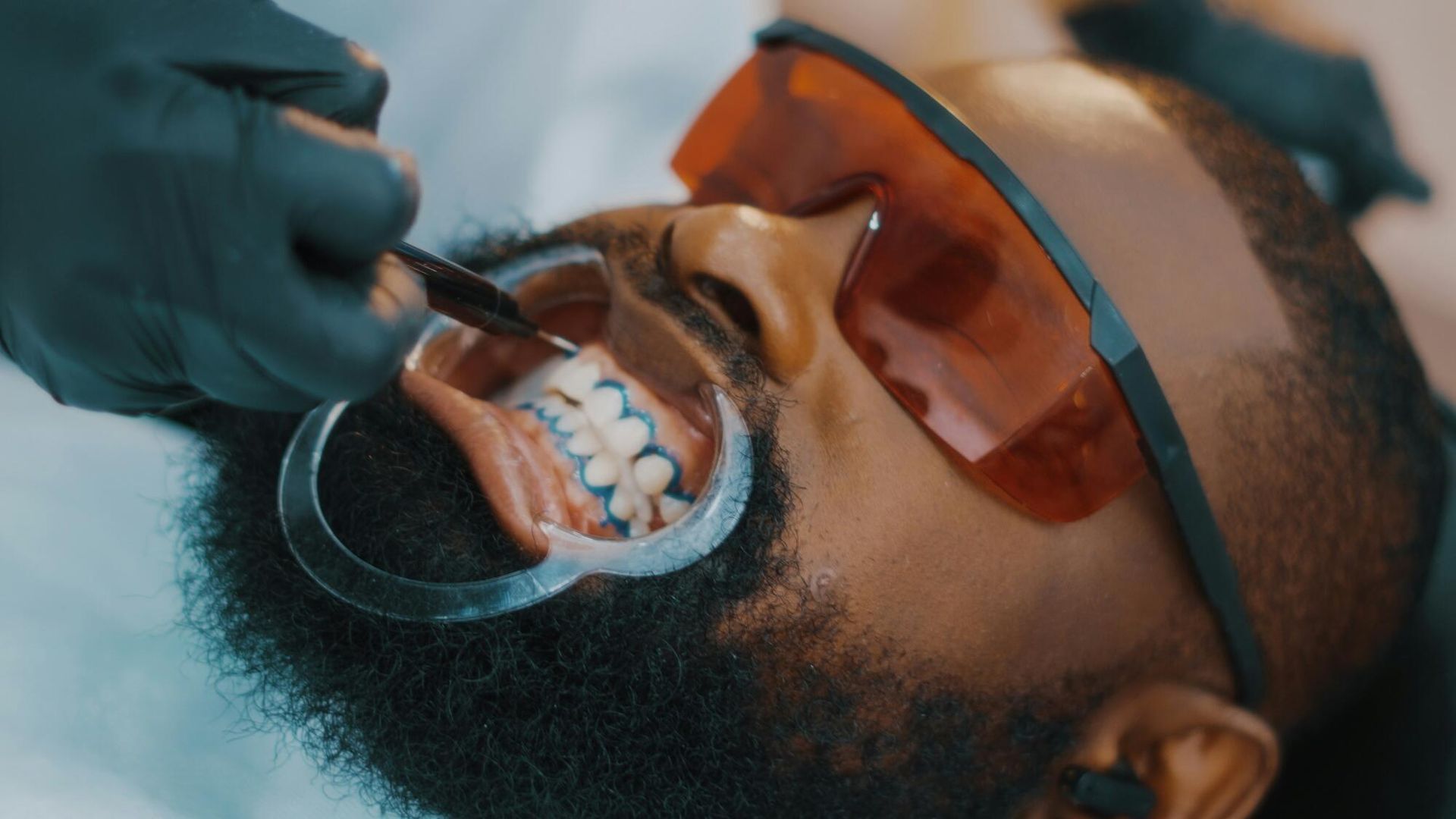Exploring the Pros and Cons of Different Tooth Replacement Options
According to the U.S. CDC, adults aged 20 to 34 have a mean number of 27 permanent teeth. The figure drops to 23.3 in adults aged 50 to 64, 21.7 among those between 65 and 74, and 19.8 in adults 75 or older. Many older adults have also lost all their natural teeth: About a tenth of adults 65 to 74 and almost one in five in the 75-and-older age bracket.
If you have one or more missing teeth yourself, do not despair. With significant improvements in dental technology, you now have many tooth replacement options, giving you a chance to restore your once glorious smile.
To that end, the caring team at Dr. Heather E. Martinson, DDS & Associates, put together this guide on today's tooth replacement methods. Read on to discover how they work and their benefits so you can make more informed decisions.
Traditional Dentures
Traditional dentures are removable oral appliances that fill in the gaps left by one, several, or all permanent missing teeth. They are among the most common tooth replacement options: According to the American College of Prosthodontists (ACP), around 15% of people with edentulism have dentures made yearly.
There are two primary types of dentures: partial and complete.
Traditional Partial Dentures
Traditional partial dentures can replace one or multiple teeth in the same arch. They feature a base often made of acrylic to which the artificial teeth attach. You can choose from materials like acrylic resin, cast metal, and porcelain for the replacement teeth.
Partial dentures can help you recover your:
- Chewing and biting ability
- Pronunciation, enunciation, and speech
- Smile and self-confidence
Partial dentures can also help keep the remaining natural teeth from shifting, provided you wear them correctly and as instructed by your dentist in Arlington, TX.
Traditional Complete Dentures
Complete dentures replace all (or nearly all) missing teeth on one arch or both arches. They use the same materials and provide the same benefits as partial dentures. However, they typically require dental adhesive, a specific type of glue, to stay securely in place, as they do not have any adjacent teeth to support them.
Like partial dentures, complete dentures are among your most affordable tooth replacement options. However, they cost more than their partial counterparts because, as a type of whole-mouth reconstruction method, they require more materials and replace more missing teeth.
Dental Implants
Dental implants are screw-like oral appliances that replace the entire tooth structure, from the visible part of the tooth to the roots. They often consist of three parts:
- The dental implants, which replace the tooth roots
- The replacement for the lost tooth or teeth
- The abutment, which connects the implants with the tooth/teeth replacement
When you opt for implants, you will undergo an implant dentistry surgery. Your dentist will surgically place the implants into or above your jawbone. The implants will then fuse with the bone after a few months.
Why Choose Dental Implants?
Of all tooth replacements, the one that offers the most permanence and longevity is a dental implant. After all, it fuses with the jawbone, resulting in a secure and stable anchor for the abutment and the artificial tooth/teeth. So, you can worry less about your oral appliances becoming loose, slipping, or falling out.
Jawbone stimulation is another of the top benefits of dental implants. Stimulation is critical to jawbone health because the bone can resorb or melt without it. From there, bone resorption can lead to problems like:
- Facial changes
- Unwanted shifting or movement of the teeth
- More tooth loss
- Gum recession
Aside from functioning like your pearly whites, dental implants can look like the rest of your natural teeth, provided you choose a highly experienced implant dentist in Arlington, TX. A qualified dentist will ensure your implants are of high-quality materials. You can also trust your implant specialist to make your replacement teeth the same shade as your natural pearly whites.
Dental Implants Comparison With Traditional Dentures
Like dentures, dental implants can also be a full-mouth reconstruction option. However, implants cost more because they are more permanent and last longer if you care for them properly (just like your natural teeth).
Implants also best dentures because they stimulate the jawbone, whereas dentures are only superficial. So, while dentures can help you bite, chew, and speak better, they will not preserve your jawbone, and after some time, the bone can still resorb.
Dental Bridges
Dental bridges can also replace one or more teeth. Two of the most popular types are traditional dental bridges and implant-supported bridges.
How Do Traditional Dental Bridges Work?
Unlike traditional removable dentures, bridges bond to the teeth using a particular type of cement. They are "permanent" because you cannot remove them at home; only a dentist can.
Traditional bridges have dental crowns on both ends. The crowns are the anchors or posts that secure the rest of the bridge. Between the two crowns are artificial teeth that literally "bridge" or fill in the gaps left by missing teeth.
While they are integral to dental bridges, dental crowns are not the same as bridges. Crowns can also be stand-alone treatments, such as restoring badly chipped or broken teeth.
What About Implant-Supported Dental Bridges?
Some may refer to traditional dental bridges as "permanent," but they do not last forever. As Colgate.com points out, they can last at least five to seven years. However, good oral hygiene and regular dental visits can help them last over a decade or even longer.
If you want something that lasts longer, consider getting a dental bridge supported by dental implants. In this case, the bridge will still use crowns. However, instead of covering two of your natural teeth on both ends, the crowns of the implant-supported bridge attach to the implants.
Explore Your Tooth Replacement Options Today
From traditional dentures to implants and dental bridges, these are among the top tooth replacement options today. So, if you are missing one or more of your pearly whites, know that you can have them replaced, letting you eat, speak, and smile better.
If you need help deciding which one to choose, do not worry. Our dental team and highly experienced dentists at Dr. Heather E. Martinson, DDS & Associates, can help. Our primary dentist, Dr. Martinson, has served the Arlington, TX, community with her cosmetic and restorative dentistry expertise for over 25 years.
Reach out to us today so we can help you recover your dazzling, healthy smile!
Dr. Heather E. Martinson
